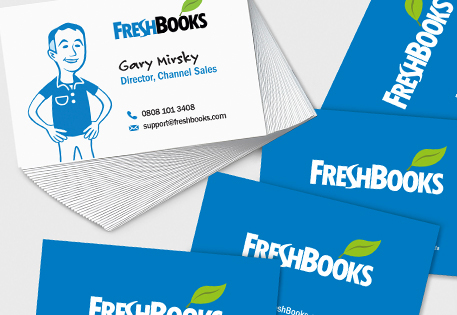Cash in your pocket
« Ver todos los consejos“Cash flow is the movement of cash into or out of a business, project, or financial product.” – Wikipedia
What does that mean? In everyday terms, it’s about making sure there is enough money in your pocket. Essentially, is there enough money coming in to cover the money going out at any given time. So for your (very) small business, it’s the revenue (payments) coming in and expenses (utilities, staff, contractors etc...) going out.
However, this sounds a lot like profit. The difference is that profit is over a set time period (month, year etc.) while cash flow is about having cash everyday, as in, having enough money in your pocket to cover your expenses.
For example, when it comes time to pay your contractors’ invoice, do you have enough money to pay them? Hopefully this cash comes from invoices getting paid promptly. If not, a good back-up is having a simple line of credit (with a interest rate lower than your credit card), to cover those times when your payment is late and your expenses start adding up. Most businesses call this a working capital loan. But of course, loans cost you interest the longer you take to pay them… it’s best to avoid this unnecessary expense, but how?
Ways to improve your cash flow
How can you practically improve your cash flow for your small (cash-starved-I-hope-I-can-eat) service-based business?
1. Save some money, for that “just in case of a cash-starved day”. Build an emergency fund by putting away a little bit of money from every cheque cashed. Putting away 5% is good start. It’s best to use a percentage as your revenue is likely variable (invoices are rarely the same).
2. Be aware of large costs. Only buy big-ticket items like a computer when you have the cash to cover it. A credit card will buy you some time of course, but if you need to pay some expenses in the next little while, you’ll want to delay that big purchase to keep your cash on hand. Or find ways to cut out the expense entirely – pens and paper add up!
3. Invoice early and often! Get your invoices out the door once the project is done. Or, get paid throughout the project, perhaps per deliverable. Getting paid all at once is always nice, but it might be a lengthy stretch of time. Whichever route you choose, it’s best to build this into your initial contract so your client knows multiple invoices are coming. Also, be sure you’re spending time building strong client relationship, people like to pay people they like!
4. Set aside time to follow up on outstanding invoices – it’s money you earned! Take the time to follow up via email (hopefully automated), phone and everything else. It’s always worth following up on your outstanding invoices either weekly or monthly, so you can get more cash in the door. Remember, it’s your money!
FreshBooks is planet Earth's leading online invoicing and bookkeeping service for small businesses. Track time, log expenses and invoice your clients, all in the cloud. Since 2004, FreshBooks has helped over 4.5 million people take the pain out of billing and accounting.
¿Eres nuevo en MOO?
MOO consigue que la vida sea un poco menos virtual. Ayudamos a nuestros clientes a imprimir productos como tarjetas de visita, postales y adhesivos, para que puedan compartir fácilmente información sobre sí mismos o sobre su negocio en el mundo real.
Imprimir es sencillo y maravilloso. ¡Nos encanta!
Ver Nuestros Productos




